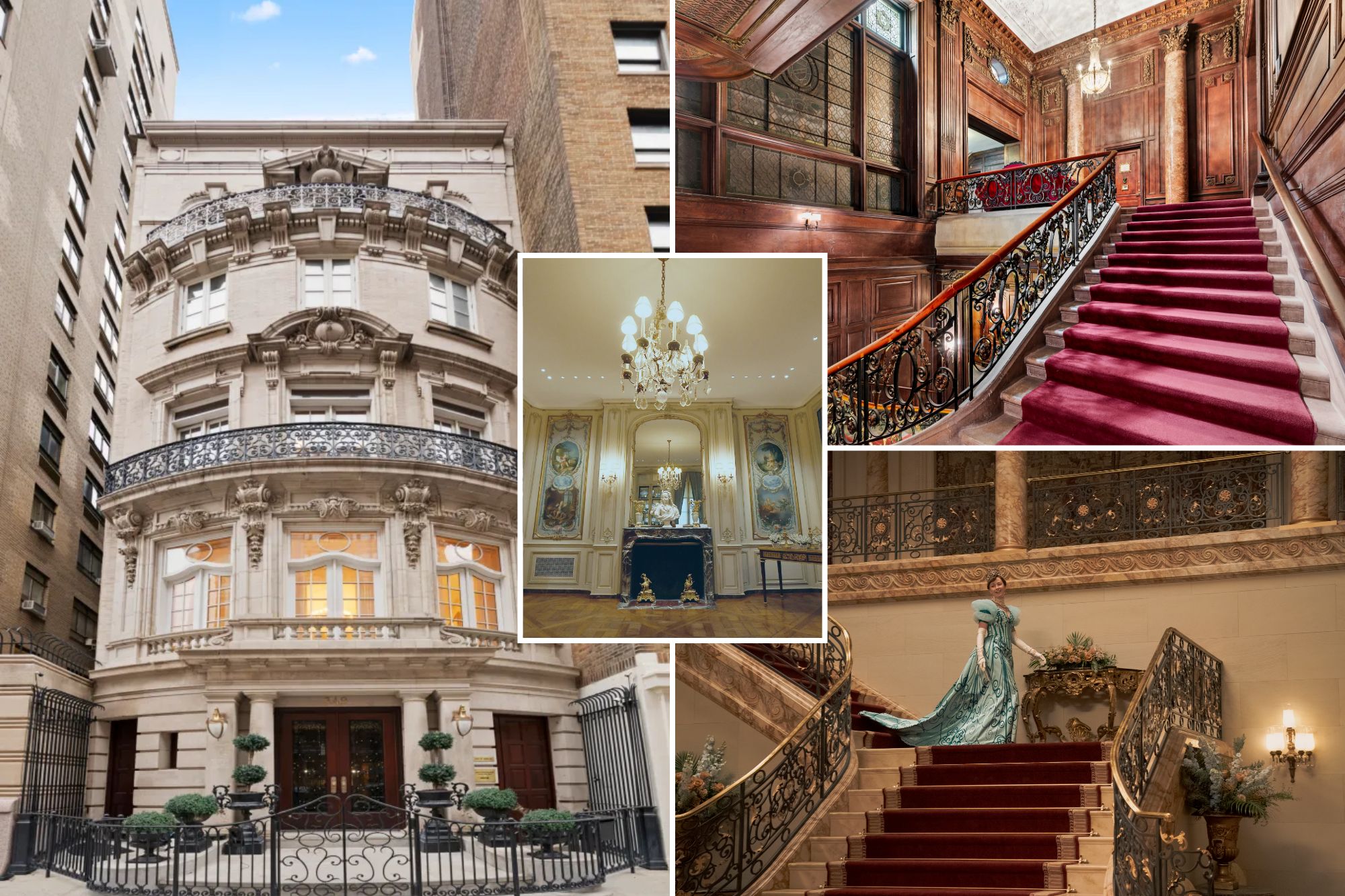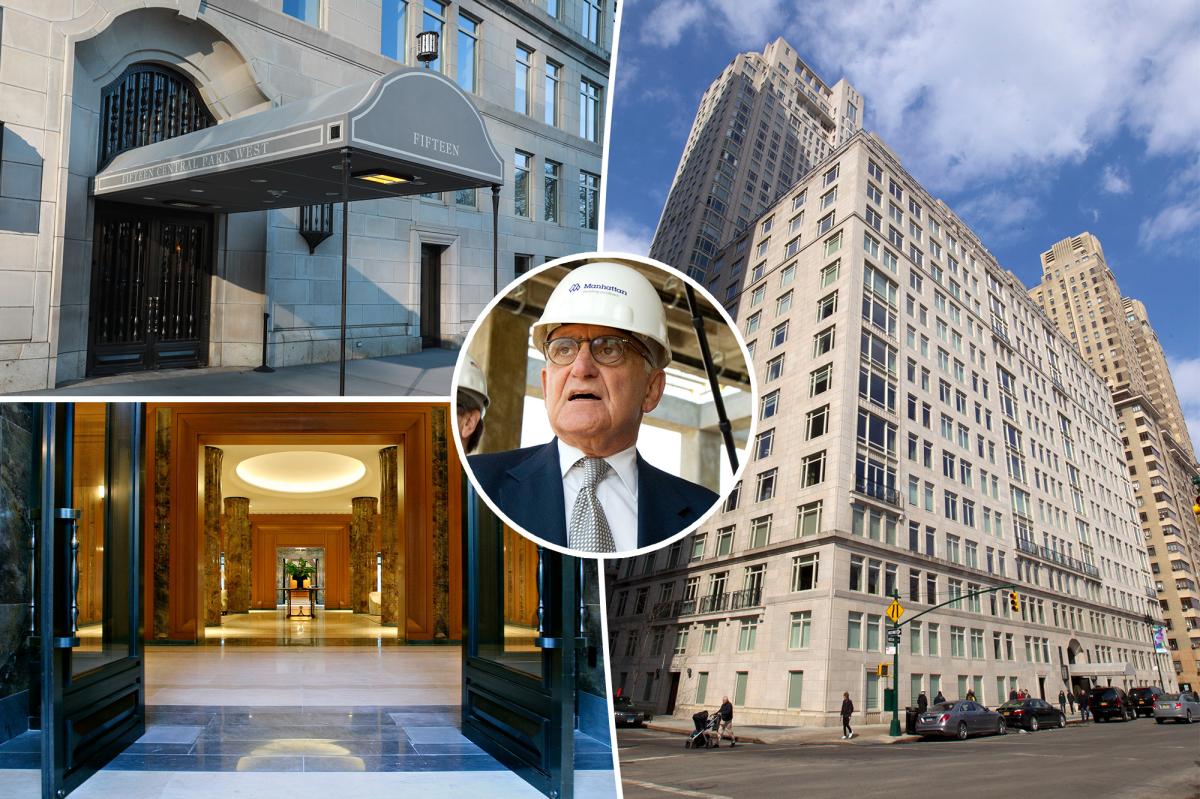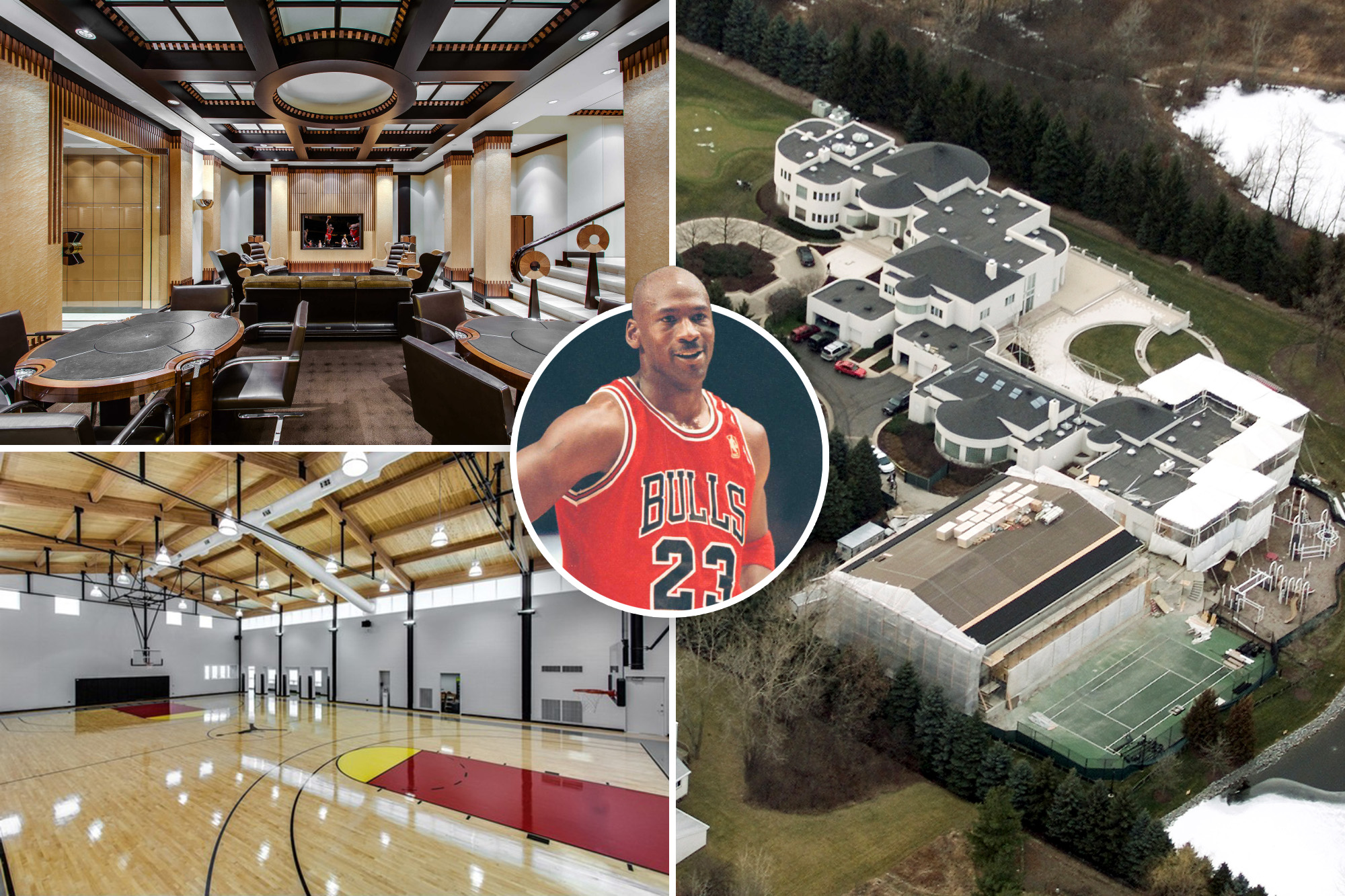R
andall Rackson, a 66-year-old derivatives business founder, had already lived in apartments on Central Park West before stumbling upon his dream home. At a party in a townhouse, he was struck by the idea of owning a house like the one he grew up in, but with the convenience of Manhattan.
Rackson's search for a townhouse was frustrating, as many were designed with staff quarters and low ceilings. However, he found 349 W. 86th St., a Gilded Age Beaux-Arts music conservatory that had been abandoned and left to decay. A developer had planned to replace it with a condo, but neighbors sued over blocked light.
Rackson bought the property in 1999 for $1.4 million, knowing he was saving a piece of New York City's history. He spent four years restoring the building, preserving its limestone façade while reinventing the interior. The finished 11,500-square-foot dwelling combines historic formality with casual spaces for everyday living.
Rackson's home is one of a small number of true Gilded Age survivors available for sale in New York City. In recent months, at least five such mansions have been listed, including 25 Riverside Drive and 15 E. 63rd St., both built in the early 20th century. The market for these properties is strong, with buyers seeking not just size but also history, craftsmanship, and a sense of exclusivity.
The Gilded Age was an era when the newly rich built grand homes to outdo one another in stone, marble, and stained glass. Today, only about 10% of original mansions remain on Fifth Avenue, where there may have been as many as 150-160 in 1900. World War I marked the beginning of the end for Gilded Age grandeur, as costs escalated and social ideals shifted.
Buyers for these properties tend to be high-net-worth individuals seeking more than just square footage. For some, it's about living in a home with history; for others, it's about making a statement of taste and longevity. The allure is not just about size but also the unmatched craftsmanship of the era, including marble, wood, plaster, and gold leaf.
The design priorities during the Gilded Age were different from modern expectations. These homes were meant to host dozens at dinner tables and hundreds in ballrooms. However, a house with an original layout often requires significant intervention to meet modern needs.
For buyers today, the scarcity of these mansions is part of their draw. They can renovate them with modern luxuries while preserving exterior charm and character. The rarity of these homes only adds to their value, making them feel like museum pieces that are a part of New York's story.













